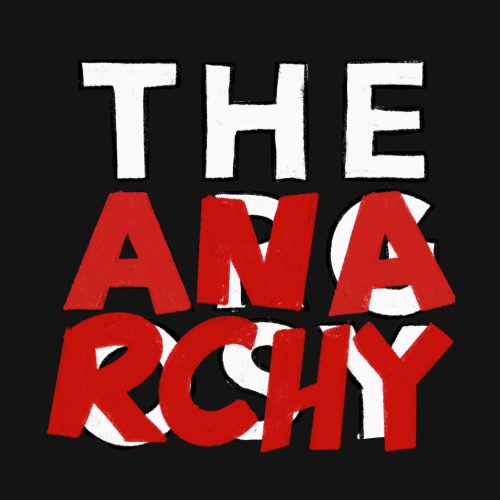Mount Allison’s fine arts program focuses primarily on teaching students the technical aspects of artistic production – how to use materials and tools. The program attempts to teach students how to properly price their work, apply for grants and find gallery spaces. Despite the program’s breadth, it can be complicated for emerging and practising artists to ensure that they are fairly compensated for their work.
Ben Morton, a fourth-year fine arts student, explained how living in a commercial market where cheap art products are immediately available affects an artist’s ability to appropriately sell their artwork. “You encounter those people who are supportive of art, [who are] supportive of you, but are still very unwilling to pay a lot of money for it,” Morton said.
Morton believes that handmade art has become undervalued because of commercialized art. He feels that art appears to be unreasonably expensive in comparison to the low prices of mass-produced products.
In response to the troubles that some artists face in this market, Morton plans to work commercially as an animator and designer. “I have a background in animation…I know a lot of artists that make art in their spare time, but they have to have another job,” he said. “It is hard to find an artist who can live purely [off of] their work.”
Morton is pleased when he is able to get paid for the work he has to make for school courses. “I think my art is not compensated fairly, but I acknowledge that I am still a student artist.”
“There is this weird, grey area while you are in university. I guess we are artists…but we are always told, ‘Don’t do anything for free,’” fourth-year fine arts student Kevin Melanson said. To Melanson, exposure as a student involves getting his name out there which often requires creating and displaying work without monetary compensation.
Melanson plans to create a cover for the Argosy but understands that he will not get paid for his work. “There is payment, and then there are opportunities,” Melanson said. He puts students’ artwork up in the University Club and is one of the student representatives for START gallery. Both of these spaces allow artists to showcase their work but do not compensate them for their efforts.
Melanson is not concerned with always getting compensated, as he enjoys taking advantage of opportunities while focusing on pure creation. “I don’t care if I get paid or not. I am all about making,” Melanson said. “I am more interested in making things than making things that will sell.”
Adriana Kuiper, a member of the fine arts faculty and a practising artist, agrees compensation can be difficult for artists. “My work is not very commercial. [I make] site-specific work that people don’t really want to pay for.”
For Kuiper, pursuing a career in the arts was not the easiest choice. “I worked for many years as an adjunct faculty [member] to try and cobble together an art career and a teaching career,” Kuiper said. She expressed that she is well-compensated at Mt. A. but as an artist relies on the Canadian Artists’ Representation/Le Front des artistes canadiens (CARFAC), a board that ensures that artists are paid fairly and regularly.
CARFAC is federally incorporated as a non-profit that promotes the visual arts and fair artistic compensation.
Bess Forestall, a 2013 graduate from Mt. A’s fine arts program who went on to receive her master’s degree at Concordia, agrees with Kuiper about the value of CARFAC in protecting artists’ rights to compensation. “I honestly feel that whatever CARFAC recommends is going to be appropriate,” Forestall said.
Although some young fine arts students may fear potential economic troubles, Kuiper stresses that “[schooling] is a short part of [one’s] artistic career.” While compensation can be difficult in certain aspects, Kuiper is optimistic about the opportunities her students will encounter as their work develops and the art market changes.





